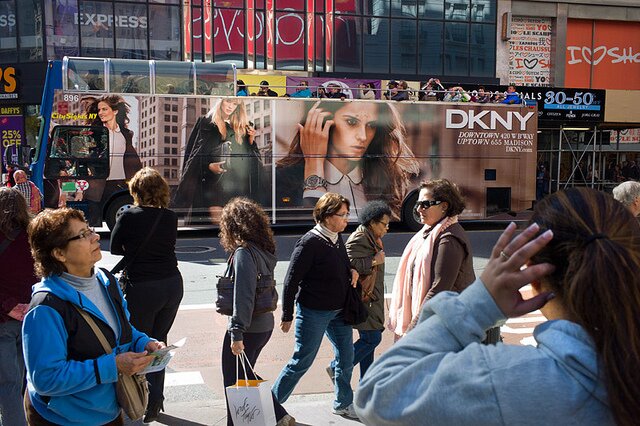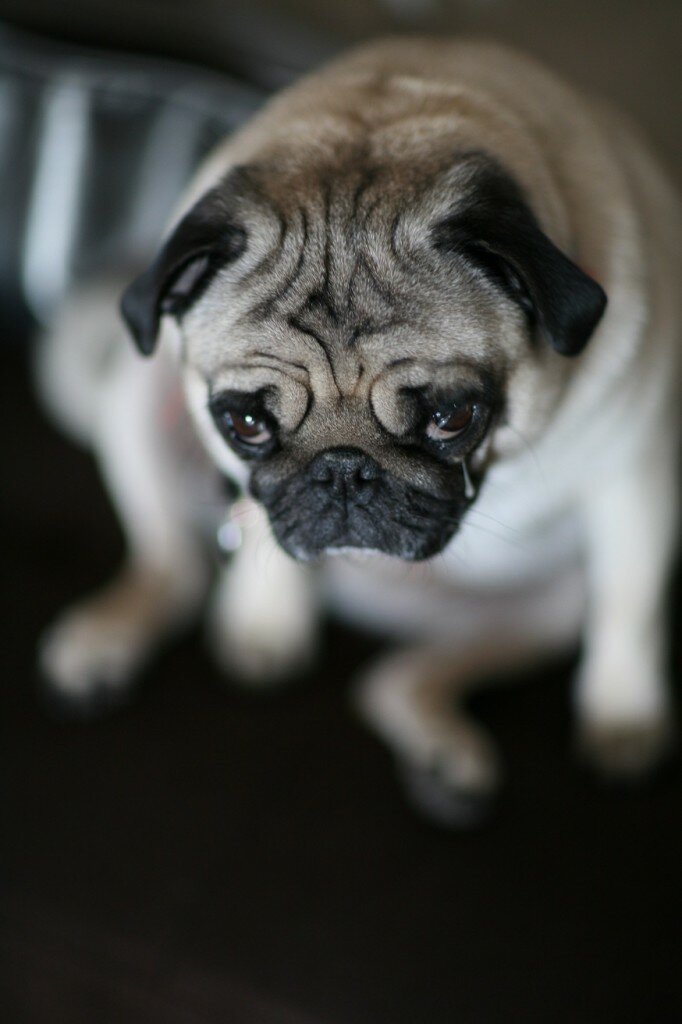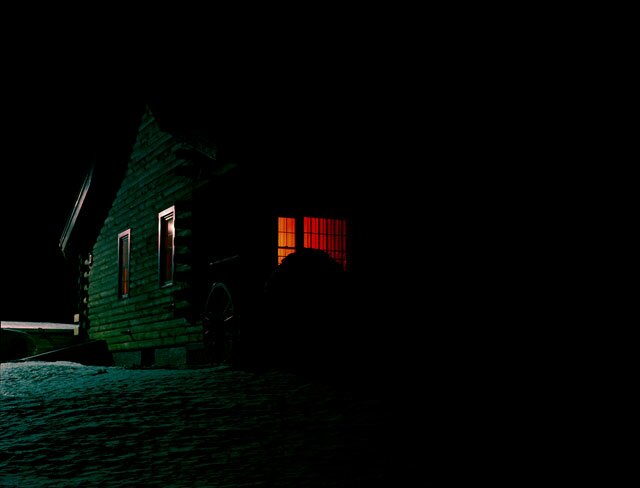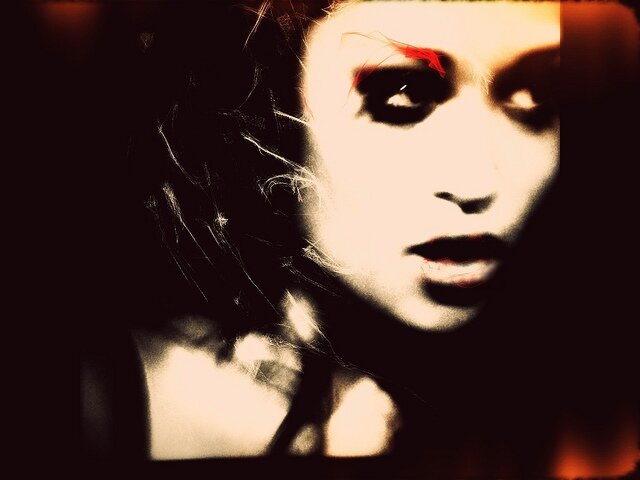Oomska’s ‘Future of Photography’ Series continues…
We presented our interviewees with a set list of questions, and left the matter of in what format and at what length they should answer entirely up to them. Here are Nick Turpin’s responses.
1. How and when did you first become interested in photography? What was the trigger which led you to take a serious interest? How different would that trigger be now, with all the changes – technological and otherwise – in photography during the intervening years?
My father introduced me to photography when I was a teenager, still at school, he built a darkroom for me in our second toilet at home. I went on to specialise in photography on my foundation course for a year then moved to London to do a BA in Photography, Film and Video at The University of Westminster. In my second year I shot two black and white stories, one about children with Leukaemia living around the Nuclear Reprocessing Plant at Sellafield in Cumbria and one about the closure of the coal mine in the village of Aberfan in South Wales where a generation of children was lost in a landslide in 1966. I showed this work to the Picture Editor of the Independent Newspaper and ended up quitting my course to be a press photographer, I was 20 and had been taking pictures for just three and half years.
So my entry into professional photography was extremely rapid, I didn’t even really have time to think about what I wanted to do with the medium until much later. In a way I was working as a photographer daily for a number of years before I really discovered and came to understand it’s unique quality and power. It was when I eventually understood what photography could do that I left the Independent Newspaper in order to pursue it, that was seven years later.
‘Fallen Man, Paris, France 1967′ by Joel Meyerowitz is a photograph that I saw first in the college library and then later in the Street Photography book ‘Bystander’, this picture was enormously significant for me because it was the most extraordinary frozen moment of life and showed me how ‘revelatory’ the process of photographing could be. How could you even begin to set out to take a photograph like that? It was so exciting, I knew that was the kind of picture I wanted to make and I knew if I did, I would be working right in the sweet spot of the medium, utilising exactly what the camera does best.
Many lament the passing of film and criticise the digital camera but for me this is nostalgic nonsense, the digital camera is an enormous bonus for Street Photographers like myself who can pursue elusive moments endlessly with little real cost. I shoot a lot and I like to work that way, it allows for wonderful accidents and unique ‘untakeable’ photographs.





